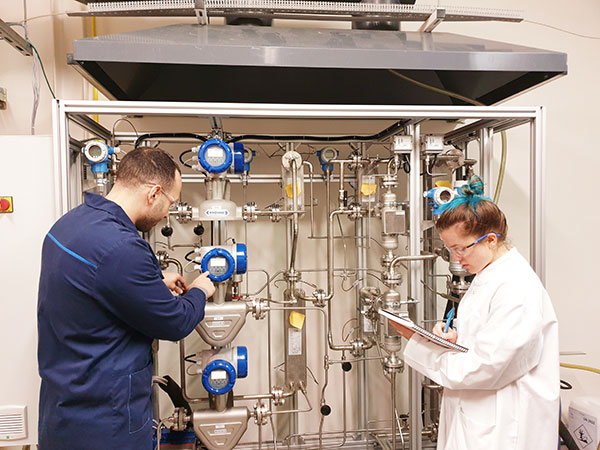CEA-Liten and industrial refrigeration specialist Clauger developed a proof-of-concept for an absorption machine that produces heat (at more than 65 °C) for domestic hot water applications. The research and development work was part of an EasyPOC project financed by the Auvergne Rhône Alpes regional government.
The absorption heat pump (AHP) principle is chemical. Certain liquids can absorb and desorb water vapor. With a pump, this capacity can be utilized to create the differences in pressure needed for the heating and cooling cycle. The machine developed here leverages a technology patented by the CEA. Ammonia is used as the refrigerant, and water as the carrier. Both fluids are natural and carbon-free. Heat (at temperatures above 65 °C) is produced by low-temperature (around 30 °C) waste heat from sources like cooling units and cooling water. The primary energy source is either renewable or from waste process heat.
In this research, the proof-of-concept prototype performed 50% better than machines that use thermal energy directly. The prototype also required 30 times less electricity than conventional mechanical vapor compression.

Prototype absorption machine for heat production. © D. Guillaudin / CEA
